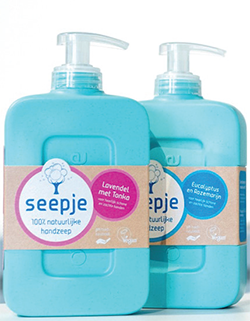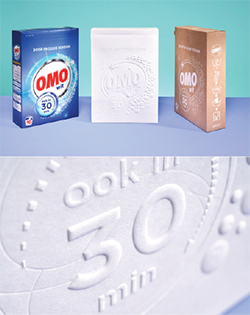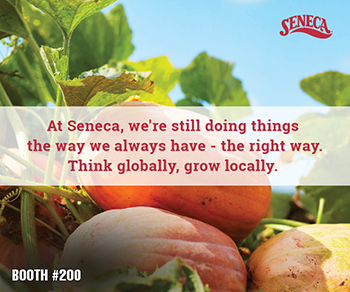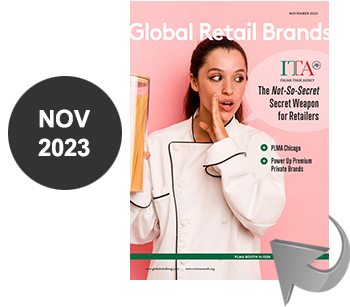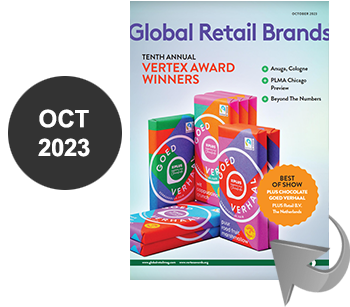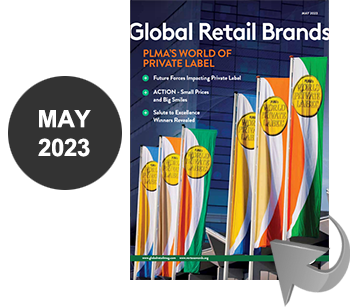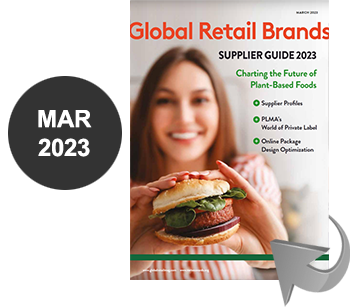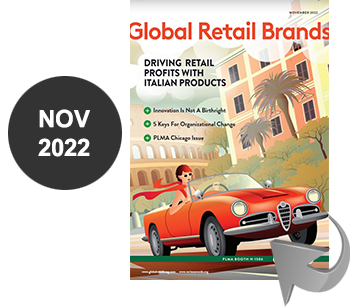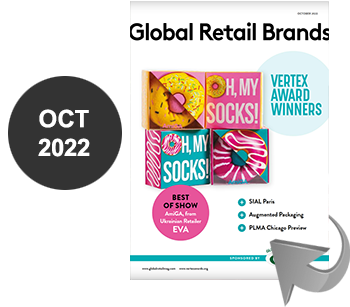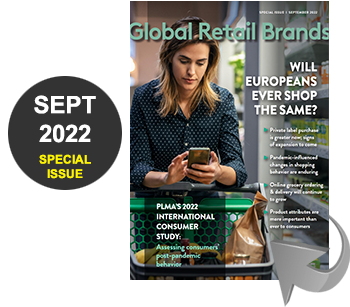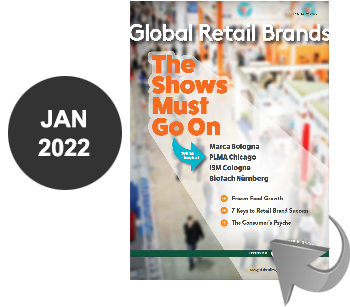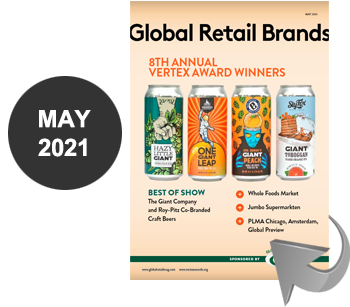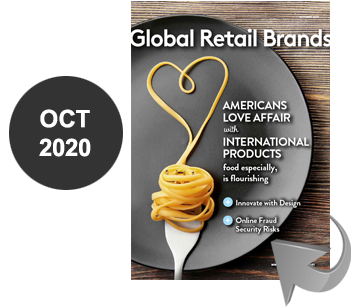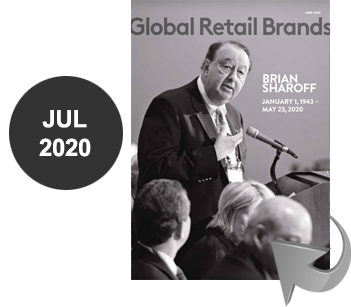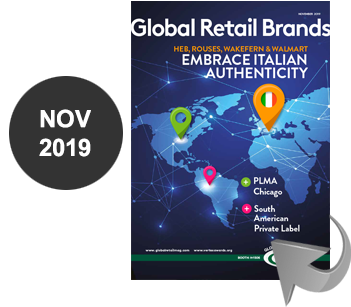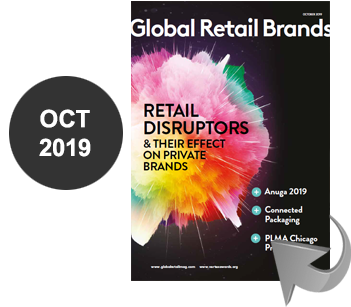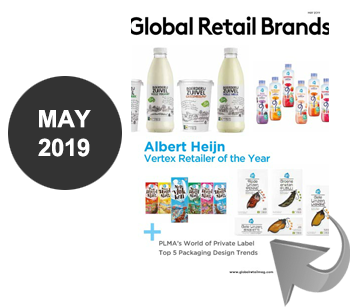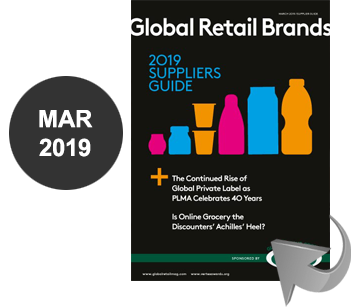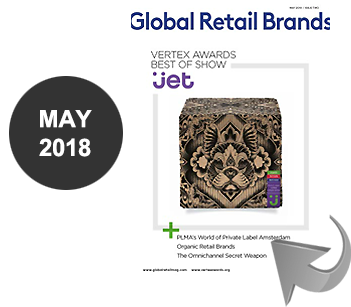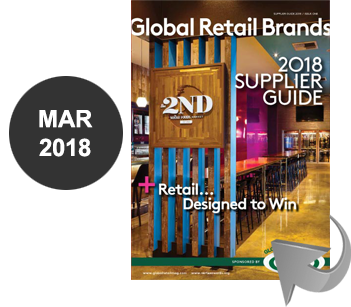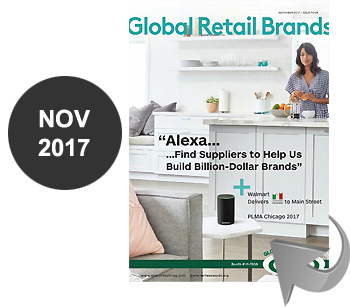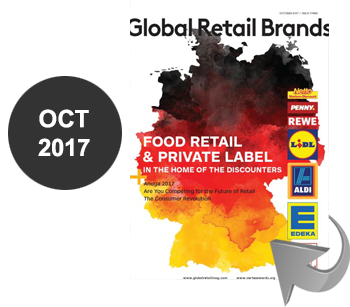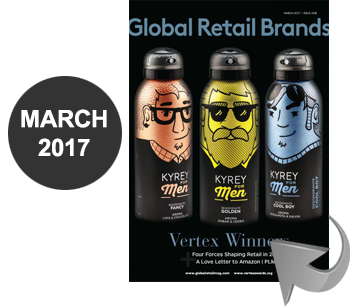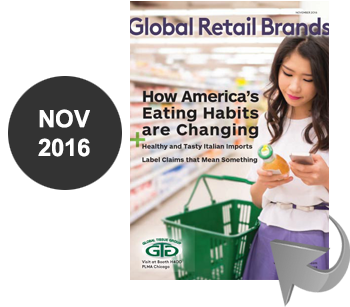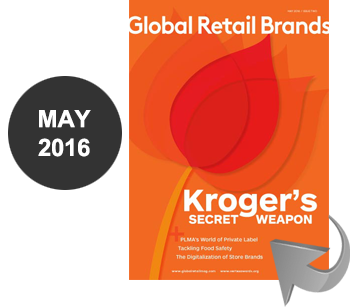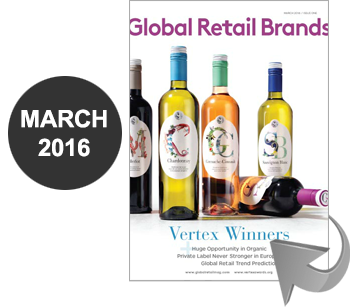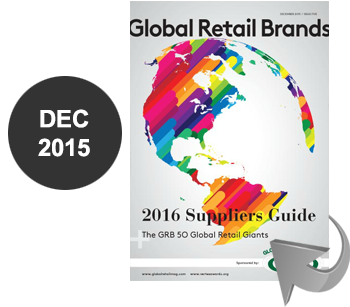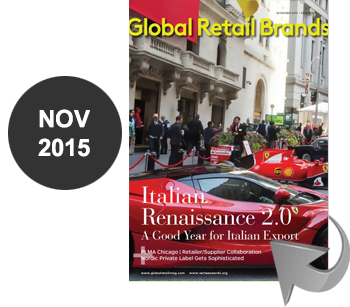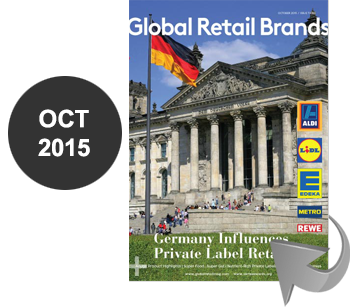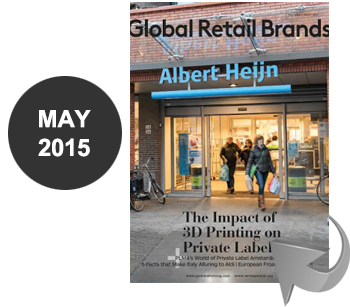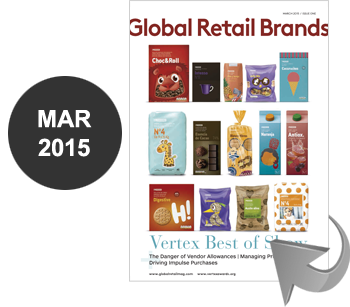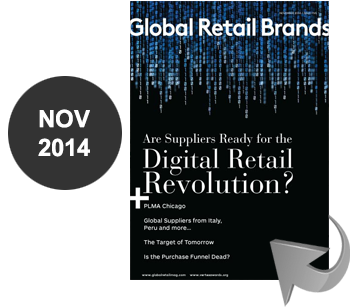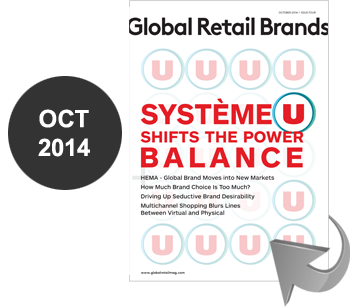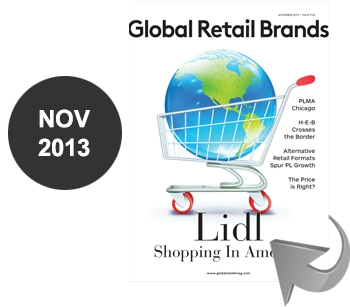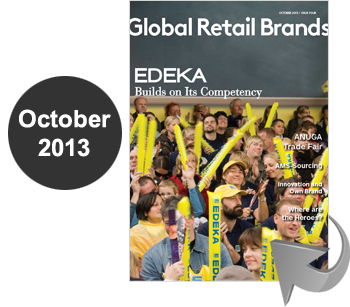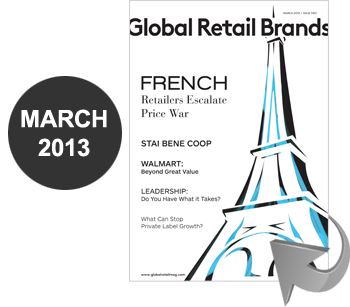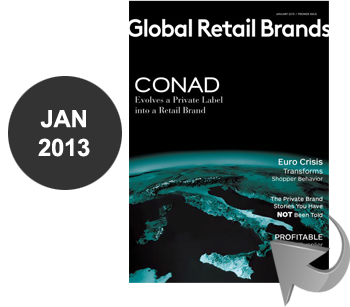by Marcel Verhaaf, Executive Creative Director, SGK Amsterdam
Sustainable packaging options can take many different forms. From more efficient workflows and packaging reductions, to using greener materials, inks, and substrates. There are so many innovations happening for sustainable packing, it’s becoming essential for brands to closely consider all avenues.
But what about consumers? Studies have found that globally, consumers are willing to pay more for sustainable packaging. In China, it was 8 out of 10 respondents; in Italy, South America, United Kingdom, and Germany, it averaged 70%. These results are significant and indicate that consumers are the most powerful driving force for brands to pursue more sustainable packaging.
Which means that if a brand’s packaging speaks, consumers will listen—they just need to hear the right notes. We examine four design strategies brands can implement to motivate consumers to connect with more sustainable packaging long-term.
Simplify Visual Indicators
We know brands are committed to sustainable packaging. We also know that consumers are willing to pay more. But sustainability is viewed as a huge topic, one that can be overwhelming for consumers, designers, and brands. Additionally,even many experts are not aligned on what is sustainable and what isn’t. This creates a significant barrier for consumers to understand how to identify which packaging is more sustainable, preventing those pursuits altogether. Even 35% of US consumers say that would buy more sustainably packaged products if they were better labeled.
Brands design teams must help consumers navigate the challenges around clarity. Rather than allowing consumers to struggle for answers while browsing the shelf, brands should make sustainability solutions as clear as possible through visual cues in the form of structure, graphics, or colors. Green is the most common indicator of environmental friendliness, but brands should be open to using other visual characteristics such as package size, shape, and graphics, as well the product itself to imply sustainable packaging.
One example is the redesign for Seepje liquid laundry detergent. The brand is already known for using environmentally friendly ingredients, so their packaging needed to further reflect that position. Designers focused on circularity with a refillable bottle cap, optimized material reduction, and compostable materials. These features retained the original design features but amplified its sustainability, creating simplified visual cues for the consumer, and making their choice for sustainability easier.
Enhance Digital Communication
Studies found that if consumers had clearer labeling and communications on packaging about sustainability, they would buy green products more often. Consumers only have a few seconds to see a package and determine if it’s sustainable, so from a design perspective, brands must evolve their packaging to clearly communicate sustainable credentials and make it easier for consumers to spot at the point of sale.
The challenge designers often have is that is so much content must be communicated on a pack, prioritizing details like benefits, descriptions, and ingredients. Unlike label standards, there is no consistent way to communicate sustainability. This is where amplifying digital solutions is key to improving transparency with consumers.
The pandemic saw an increase in consumers scanning QR codes, so if brands have a sustainability story to share, they should lean into this valuable technology. QR codes provide brands with flexibility in their communication strategy around sustainability. Not only can brands tailor the content to suit the legal requirements in specific markets, but they can make their sustainability content more engaging, educational, and inspiring through various formats of branded media.
Mars recently launched a QR code for its Galaxy® Chocolate brand so they could communicate their sustainability journey and social responsibility with consumers. The QR code appears onpack and in-store, and links directly to the page that details their various global initiatives.
Amplify Appeal
Some eco-friendly materials can be unappealing to the point that consumers will select a more attractive, less sustainable product. For example, brown cardboard is a common indicator that a package is better for the environment. But while consumers recognize it to be sustainable, they also find it unattractive. There is so much on-shelf competition that the only way to overcome this challenge is for package designers to strategically combine sustainability with desirability.
Creating desirable packaging is equally as important as communicating its sustainability, so the two should be addressed in unison. A brand’s pack could use the most sustainable materials, but if it’s not picked up by consumers because of its design, then sustainability won’t be viewed as competitive in the market. Sustainable packaging should not mean lower quality—it should mean a higher standard of competition and unlimited possibilities for the brand.
The Packadore Collective has created a Temptainability Matrix to ensure each design is both circular and desirable. The designs must meet at least one of the circularity benchmarks (Recyle, Renew, Reduce, Reuse, Rethink) for at least one of the consumer touchpoints (In-store, Online, Unpacking, In-use). By applying this methodology, brand packaging designers can ensure that sustainability messaging is retained, and desirability is amplified.
Think Outside the Box
Consumers are used to designs that grab them with flashy features and bright colors because it’s considered more effective for grabbing their attention to the shelf. But those flashy designs are not always the most sustainable, and sometimes consumers need innovative packaging to direct them toward more sustainable choices.
One great example of innovative sustainable packaging design is for OMO’s laundry detergent. Ink reductions and specific ink selections are one of the easiest ways to make a pack more sustainable, so designers chose to experiment with inkless packaging that relied on easy-to-read embossing to communicate with the consumer. During the research process, designers found that the white box served as shortcut for the brain—from clean beautiful white box to clean, beautiful white laundry—without the use of any inks or substrates, making it desirable, engaging, and highly sustainable.
What is especially exciting about OMO’s design is that the brand holds a significant place in the sector, so if they can successfully transition to more sustainable packaging design without the risk of alienating existing consumers, then they could lead real change throughout the market.
In this moment, consumers expect brands to pursue bold commitments toward a better and more sustainable future. They want packaging that syncs sustainability with desirability, where the two work symbolically and are treated equally. So, as brands address their design challenges, it’s important to keep these two pillars at the center of their briefings, while putting in the time, knowledge, and investment to getting their packaging on its most sustainable path.
Marcel Verhaaf
Marcel is responsible for the creative vision and design effectiveness of SGK’s work across brand and packaging design and is the driving force behind SGK’s sustainability innovations and designs executions. With a career spanning 30 years, he has been recognised by the industry with numerous accolades including international awards from The Dieline, Pentawards, Red Dot and ADCN in the Netherlands. Marcel has experience working with both global and local brands including Unilever, Nestlé, Heineken, Danone, Pladis, Ahold, AkzoNobel, Douwe Egberts, Pepsico, Pernod Ricard and Friesland Campina.
Arthur Brandenburg van den Gronden
Arthur is responsible for the brand and design strategies behind our sustainable and creative design executions, as well as for the growth and development of SGK’s Amsterdam studio. Having managed the Unilever account for 30 years across Europe, Arthur has a proclivity for solving large complex portfolio challenges including brand architecture and range navigation. Arthur’s strategic vision and leadership has contributed to the success of many FMCG brands including Knorr, Cup-a-Soup, Unox and Conimex.


